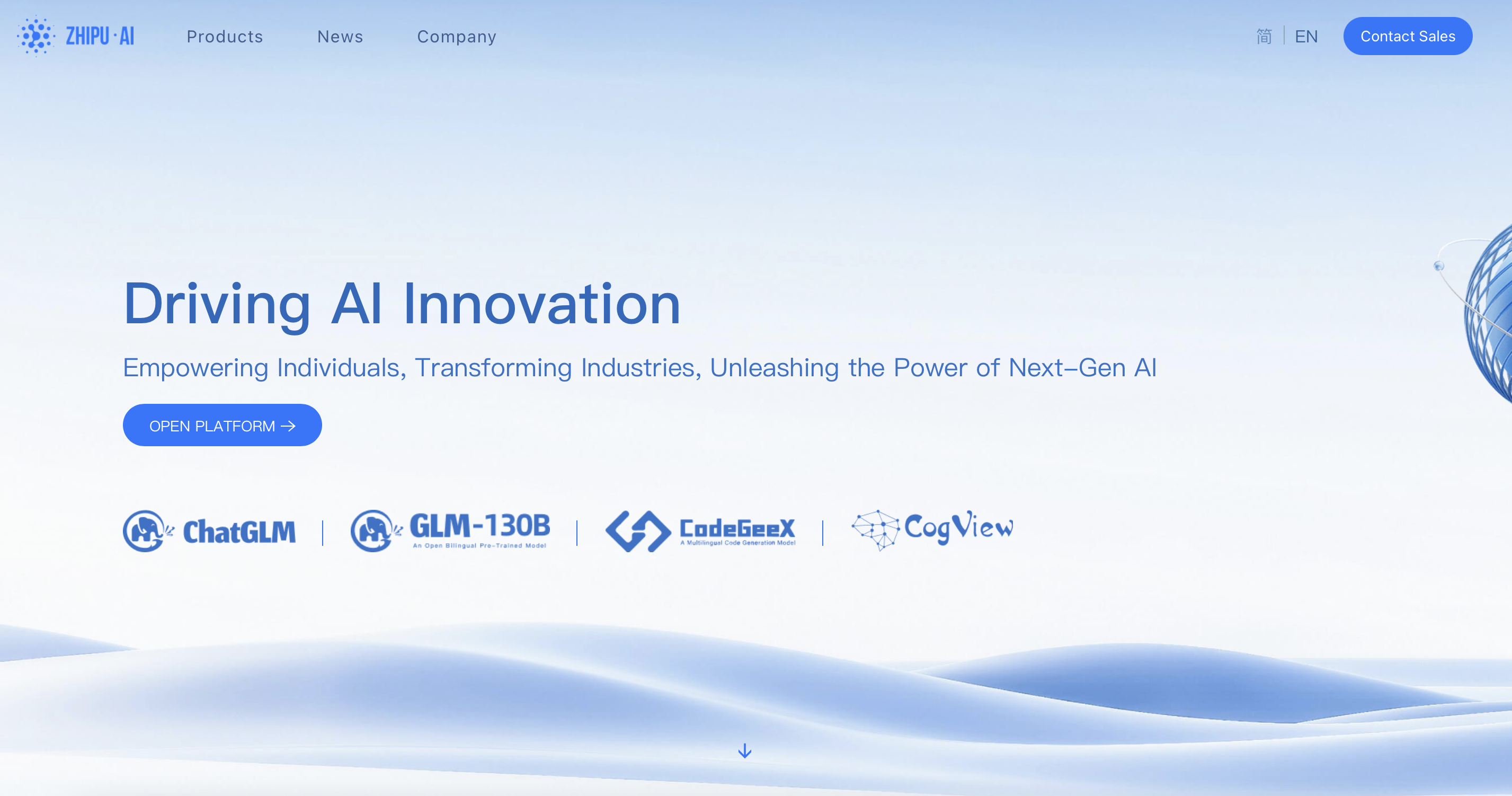Major observability platform providers are integrating artificial intelligence into their monitoring systems, as enterprises look to their suppliers to reduce the manual work involved in keeping an eye on digital infrastructure. Companies such as Logz.io, Dynatrace, Datadog, and New Relic have implemented AI-driven features designed to automate routine operational tasks and accelerate incident resolution processes.
In a post on Logz.io’s blog, Jade Lassery writes about their specialised “AI Agents” that handle specific operational functions. The company’s Root Cause Analysis Agent correlates telemetry data across services to generate incident timelines and remediation steps, whilst their Alert Analysis Agent enriches notifications with contextual metrics and suggested actions. According to Logz.io’s documentation,
When an alert triggers, the RCA Agent jumps in – no ticket, no Slack thread needed. It correlates logs, metrics, and traces across the affected service, environments and dependencies.
The platform also includes a Data Analysis Agent that processes natural language queries to identify performance patterns. One notable capability allows users to convert investigation insights into persistent dashboard panels, which Logz.io describes as bridging “investigation and monitoring workflows.” Early user feedback is favourable, with beta users reporting a 30-70% reduction in triage time thanks to the automatic investigations.
Dynatrace has taken a topological approach with its Davis AI engine, writing about this in a press release earlier this month. Davis AI maps application dependencies to identify potential failures before they occur. Unlike Logz.io’s task-specific agents, Davis uses causal AI to analyse cloud architecture comprehensively, identifying anomalous patterns across infrastructure, applications, and the end-user experience. In the press release, Bernd Greifeneder, Dynatrace’s founder and CTO, explained: “We built the next generation of our platform to help customers leverage advanced AI to offload work and unlock entirely new possibilities.”

Turning to other vendors for comparison, Datadog’s approach centres on its Watchdog system, which uses statistical learning for anomaly detection across metrics, logs, and traces. Whilst Logz.io focuses on providing explanations through plain-language summaries, Datadog emphasises correlation strength, automatically linking related events across disparate data sources. This approach appears to work well for cloud-scale deployments but offers less granular control over AI-driven workflows compared to Logz.io’s modular system.
New Relic has established a distinct position by prioritising MLOps integration; applying machine learning to model performance and drift detection. New Relic’s approach helps in model lifecycle management but has a narrower application for general infrastructure monitoring compared to the broader scope offered by other platforms.
Despite the evident variance in their technical implementations, these platforms share several core capabilities. All employ natural language processing for user queries, though implementation varies significantly, from Logz.io’s semantic search to Dynatrace’s intent-based parsing. Each platform provides automated root cause analysis, with Logz.io and Dynatrace generating suggested specific remediation steps whilst Datadog focuses on correlation mapping between disparate events.Using AI to reduce alert noise is another common feature, and again this is achieved through different methods. Logz.io uses contextual enrichment, whilst Dynatrace has topological filtering, and Datadog uses statistical suppression techniques. The different vendors have approached shifting from reactive monitoring to proactive system management in wildly differing ways.
Real-world applications are emerging across various sectors. One managed security service provider testing Logz.io’s AI Agent reported in the blog post that the system “stood out for its ability to automate the first layer of investigation, analysing logs and metrics tied to an alert and surfacing likely causes in seconds.” Logz.io reports that hundreds of companies are using their AI Agents, with petabytes of data processed through AI-powered analysis weekly.
These recent announcements show a move beyond simple dashboard-based monitoring towards what Datadog term “agentic AI” capabilities that can operate autonomously, reducing the human toil involved in analysing observability tools. Practical implementations such as Logz.io’s specialised agents show how these theoretical advances can translate into tangible operational benefits, with early adopters reporting significant reductions in manual triage work.









